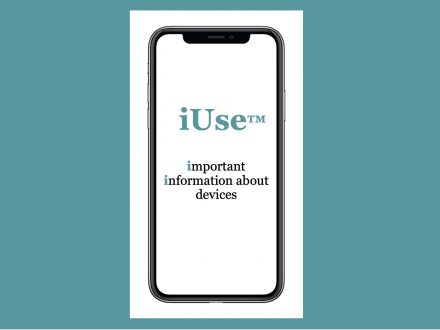The messages your face and body show when you greet your child matter. When your child enters the room, look up from your device and use your body and face to say “I’m glad to see you.”
Whether you are a dog person or not you’ve probably seen the way a dog joyfully and whole-heartedly greets its owner—without reservation and with full attention. They “light up” when they see their owners, sending the message “I’m so glad you are here!” Research shows that such greetings release dopamine for both parties. Your relationship with your child can benefit from taking a page out of the furry, four-footed friend greeting book. When you take the time to greet your child(ren) with full attention and an open heart, you nurture and keep your relationship strong.
Our lives are so busy and full that we often forget the simple power of a loving glance. Our devices grab and pull our attention so powerfully that we often don’t look up from them when speaking to our children. Not only can this leave children feeling like they are less important to us than what is happening on our phones, but it can also model and teach the very behaviors we criticize in children who we deem to have an unhealthy relationship with their devices. In short, taking the time to put your phone down (even though it can be hard) and/or to turn your body and gaze away from your screen when you your child enters the room is a simple and profound way to reinforce your connection with them, to model healthy device management skills and to foster better overall well-being.
In an interview with Oprah Winfrey, Toni Morrison talked about the messages we send our children when they enter a room. “When my children used to walk into the room when they were little, I looked at them to see if they had buckled their trousers or if their hair was combed…You think your affection and your deep love is on display because you are caring for them. It’s not. When they see you, they see the critical face. ‘What’s wrong now?’” Failing to look up from your device when your child is present can send an equally inadvertently hurtful message. Parental facial expressions, body language and eye contact function as mirrors from which children learn about themselves. What we think we are communicating, and the messages our bodies’ send are not always in sync. Consequently, it’s good practice to be mindfully aware of more than just our verbal messages. In the interview referenced above, Toni Morrison encouraged parents to ask themselves this question about what happens when their child enters the room – “Does your face light up?” She followed up with this advice — “Let your face speak what is in your heart. When [my children] walk in the room my face says I’m glad to see them.” Dogs naturally do this and display their joy without reservation. Observing this provides an excellent reminder of the powerful impact of a welcoming greeting. Begin to harness that power this week by reflecting on what your face says to your children as they enter the room. Do your words and body language match?
In these days of working from home it can be particularly hard to find balance between attention to screens and attention to your children. Below are some suggestions for practices that may help.
- Have ongoing conversations with your children about managing attention. Engage in brainstorming and problem solving about how to handle situations when your work demands that your attention stay on the screen with the goal of reducing messages that communicate dismissal or “you are unimportant.” Here are a few ideas:
- If your workflow can tolerate you being off screen for a moment, exit for a quick hug and a reminder of when you will be available again.
- Create some sign language that communicates “I’m glad to see you but I can’t leave my work right now.”
- Spend a few minutes checking in with children before a meeting that will demand your full attention. Let your face light up before telling them that you will be unavailable for a bit. Then ask if there is anything they need before you exit. Or just say something like “I just wanted to say ‘Hi’ before I go back to my meeting. I’ll miss you while I’m in there.”
- Work toward an increased awareness of what your facial expression and body language is conveying. When interrupted, try to catch things like the heavy sigh and the exasperated tone and replace them with a deep belly breath and a more mindful tone – firm, if necessary, without being dismissive — “I can’t talk with you right now. I’ll come find you as soon as I’m done.”
- When struggling to decide how to manage conflicts for your attention, try reversing the situation in your mind and thinking about it from your child’s perspective. Under similar circumstances would it be okay with me for my child to continue with the screen-based task? Would it be reasonable, under such circumstances, to demand their full attention? How would I expect them to handle the situation? Use what you discover to inform your decision making.
Leave a Reply











